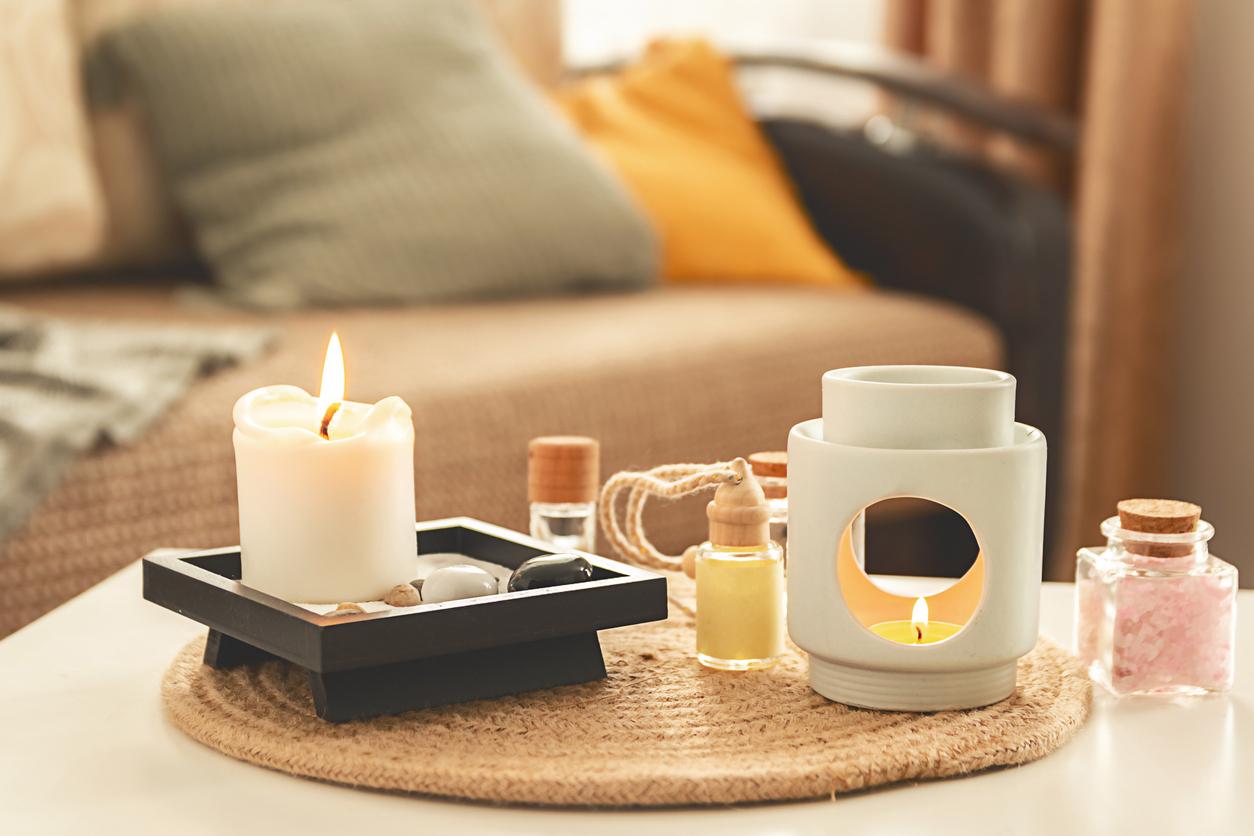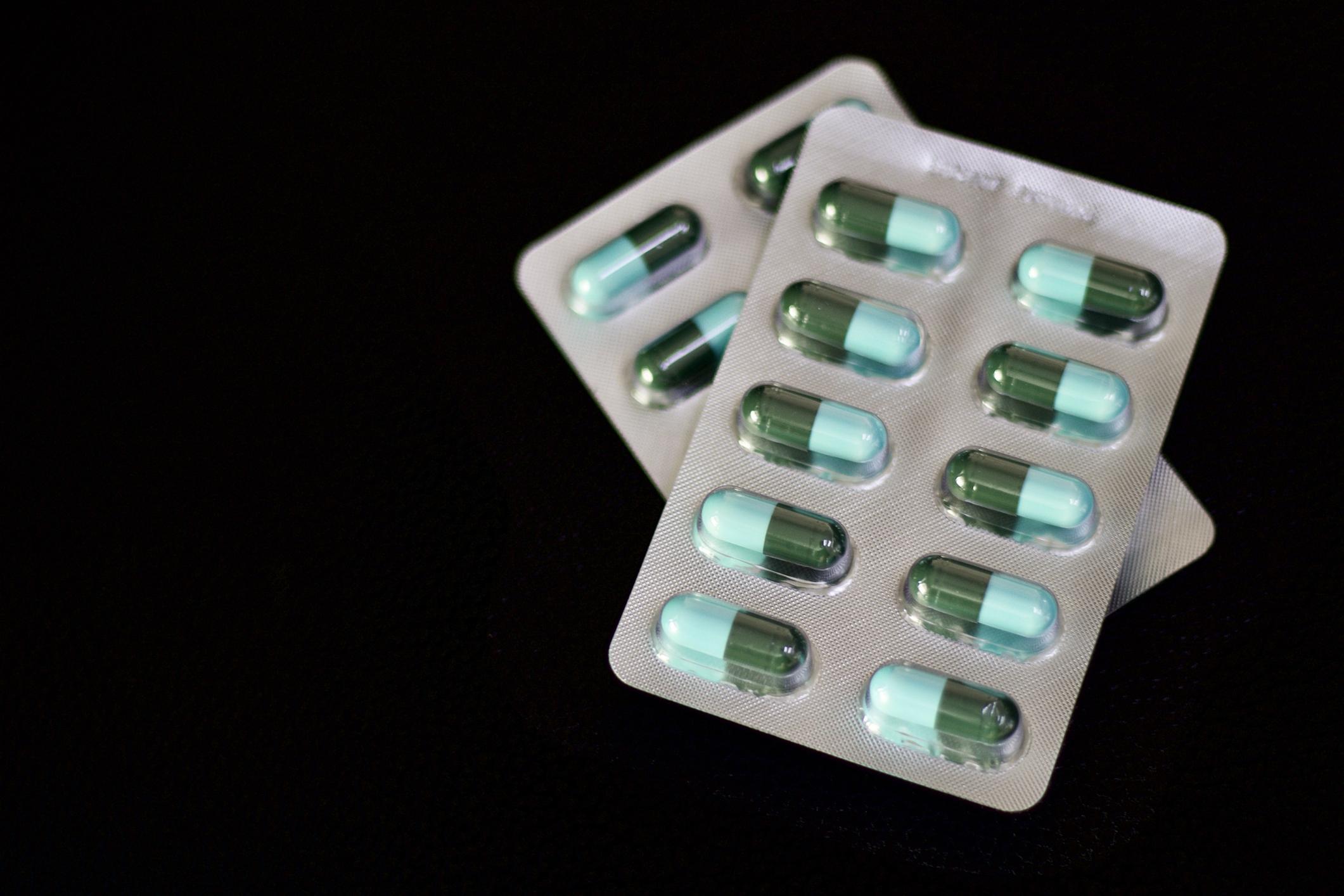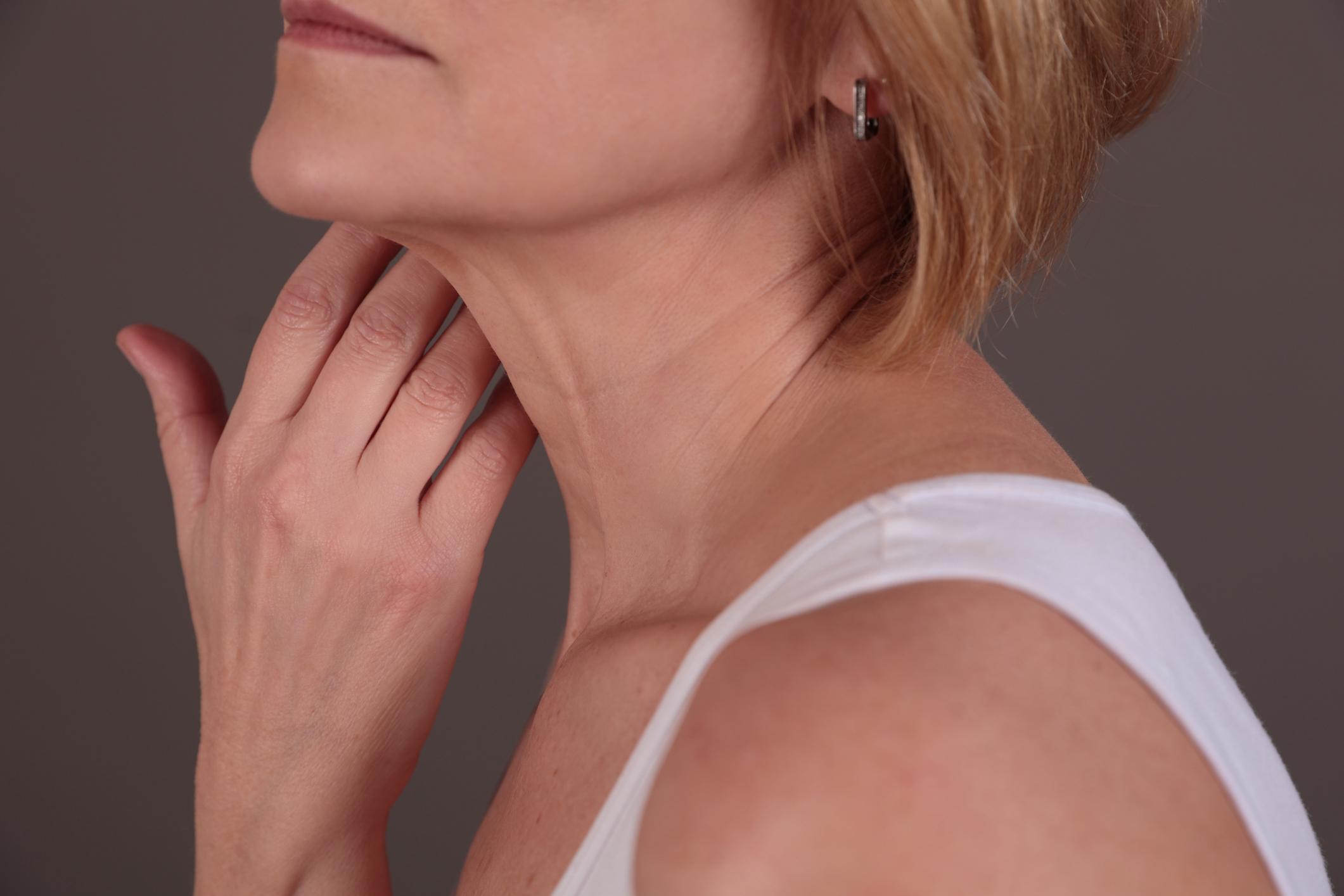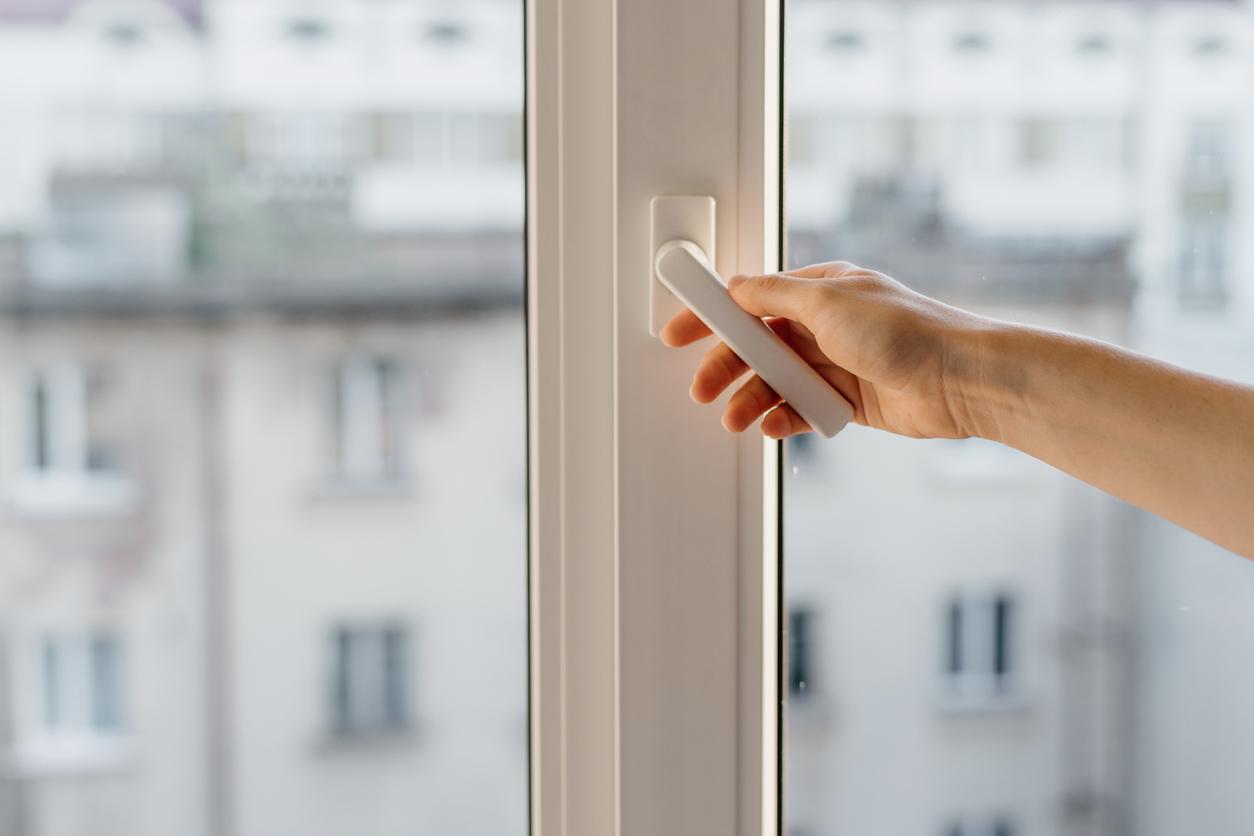Five days after the fire at the Lubrizol factory near Rouen, the concern of local residents is growing despite the reassuring analyzes of water and air quality. If the government assures that there is to date “no health problem”, five departments, including Seine-Maritime, have however taken orders to limit agricultural activities.

Nausea, vomiting, malaise… Five days after the fire at the Lubrizol factory and the emanation of immense black smoke and soot fallout above the sky of the Rouen conurbation, the vagueness remains on the possible consequences for disaster health.
However, assured the Minister of Ecological and Solidarity Transition Elisabeth Borne on September 30 in the morning on RTL waves, “there was no health problem” despite a “very disturbing smell”. She recognizes, however, that “a few dozen people have come to the emergency room, reporting irritation”. According to the latest count, 122 people, including 27 children, have gone to the hospital since Thursday, reporting nausea, vomiting, coughing or tearing.
The population worries
If the health authorities want to be reassuring about the repercussions of the fire at the factory classified as “Seveso high threshold” where additives for motor oils, gasoline and diesel are manufactured, concern remains among the populations. . In question, in particular: the impossibility of knowing the chemical substances which have gone up in smoke, in addition to the asbestos present in the roof of the building. “We understand that there are questions about the fact that we communicate on rather reassuring results when there are signs present”, explains to the Figaro Dr Benoît Cottrelle, head of the monitoring and health security unit at ARS Normandie.
The videos and photos posted by the inhabitants of the Rouen conurbation fuel fears. Monday, September 30, several Internet users residing in particular in Mont-Saint-Aignan broadcast videos where we see black or brown water coming out of the tap of their sink and toilet.
— Ben (@Benlecointe) September 29, 2019
The firefighters present at the scene of the disaster also accuse symptoms “more or less important”, affirmed on September 30 on France 3 a firefighter. “It ranges from sore throats to diarrhoea, nausea, vomiting, to an itchy tongue. I think that if the protection had been effective, we would not have had as many health consequences.” According to the Alternative Police union, several police officers and CRS have the same symptoms and are currently on sick leave.
No impact on air and water quality
However, assures the management of Métropole Rouen Normandie, “the water distributed in the 71 municipalities” of the agglomeration is “drinkable”. “No trace of contamination was found,” she added.
As for the quality of the air, it would not present any immediate danger either for the populations exposed to the soot resulting from the fire, according to the first results of the analyzes carried out by Bureau Veritas under the aegis of the National Institute of the industrial environment and risks (INERIS). In the official report, it is noted that there would currently be “no significant increase in the concentrations of the substances analyzed in the impacted zone compared to the zone outside the fallout zone”.
Health decrees issued in 5 departments
Pending new analyzes on the soil and plants ordered to better understand the impact of soot fallout, the prefectures of Seine-Maritime, Oise, Aisne, Somme and Nord have taken decrees aimed at limiting certain agricultural activities and restricting the placing on the market of food products of animal and vegetable origin. 204 municipalities are in total concerned, reveals France News which ensures that since September 26, “thehe milk collected from farms whose cows were on pasture (…), the eggs from free-range farms laid (…) as well as the honey collected and farmed fish produced in the area concerned, are consigned under the responsibility of the operators, until health guarantees are obtained”.
These five departments also recommend that individuals only consume unsoiled fruit and vegetables from their garden or vegetable patch after having washed or peeled them well and not to consume those showing traces of soot.
.

















